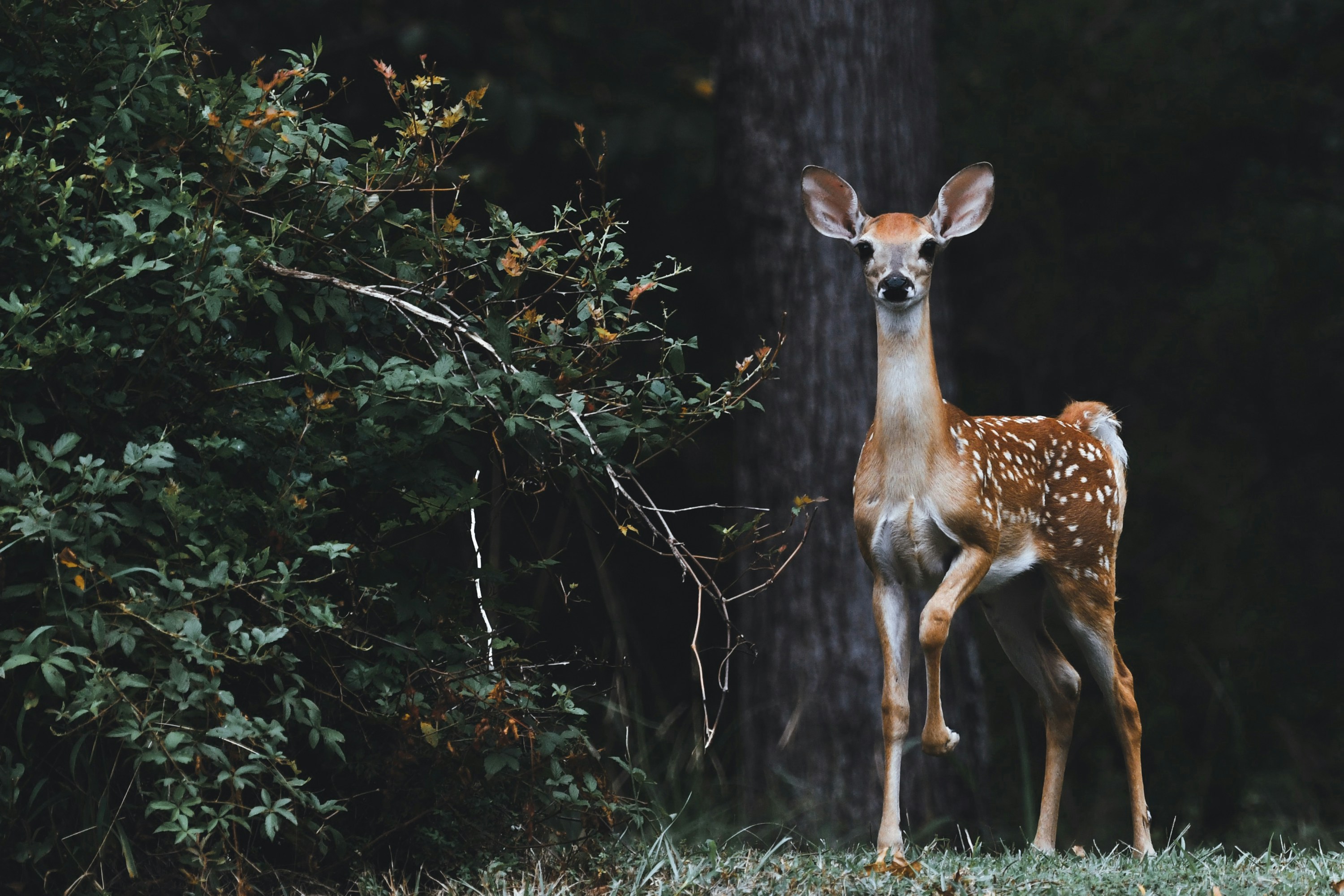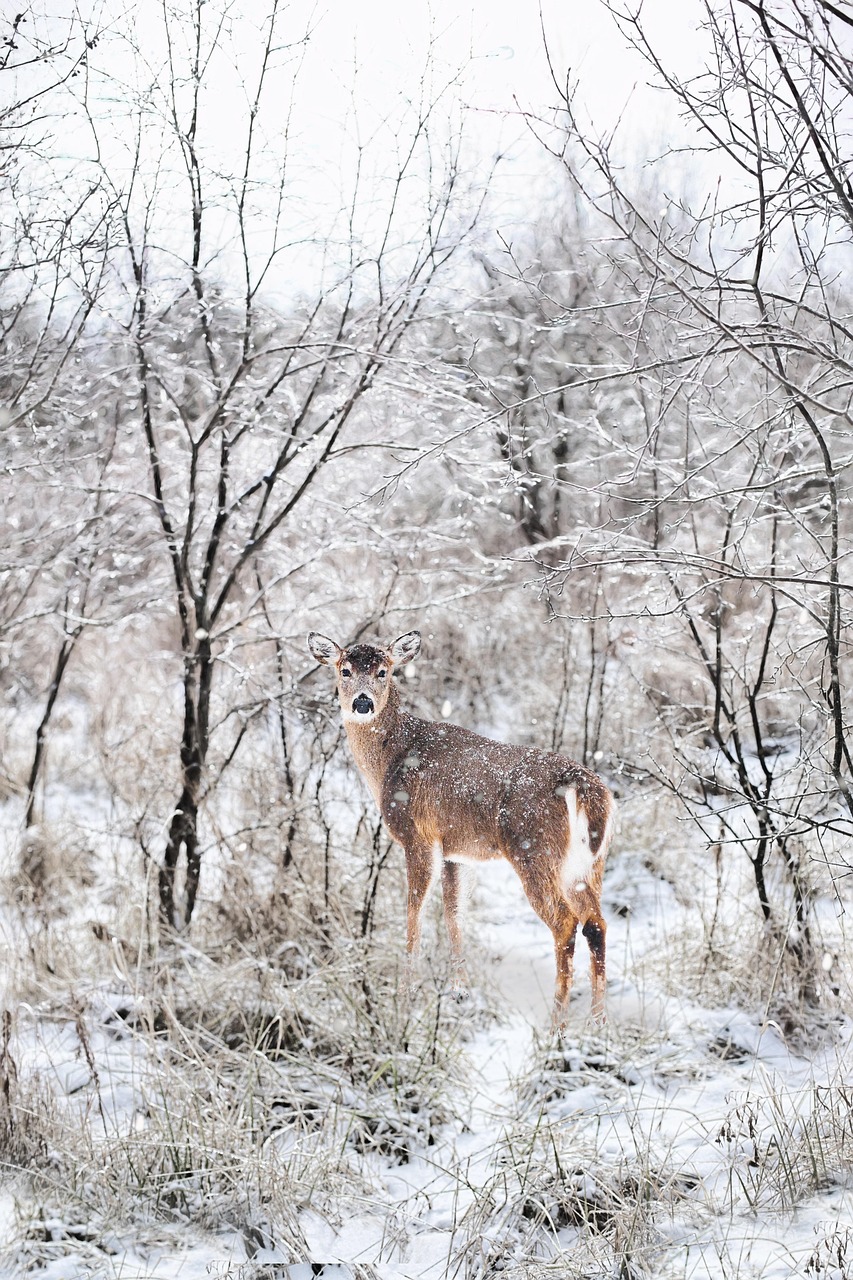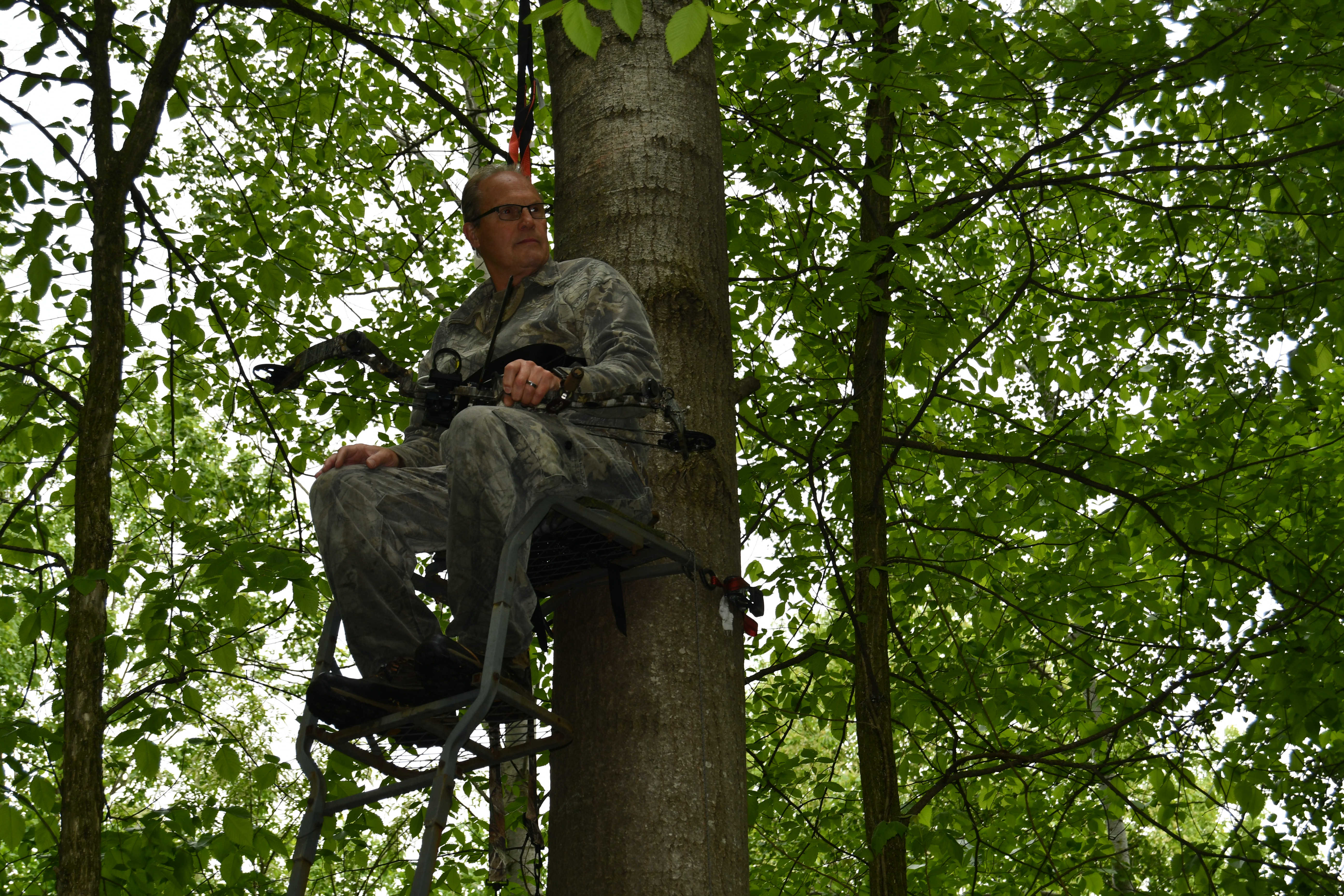A husband and wife were hunting the stretch of public land that's adjacent to my property. They'd asked permission to enter my property if they wounded a deer and needed to retrieve it. Naturally, I agreed.
I answered my phone about a week later and they were calling to let me know that the woman had shot a deer and had tracked it to my property line. They were going in. I wished them luck.

A few weeks went by and I stopped my truck to talk to a hunter that was walking toward my property's gate. It was the husband of the hunting duo. He thanked me and told me that they had indeed found the deer. I said, "Great! You won't be going hungry this winter!" To my surprise, he said, "Nope. That's number six!"
I was stunned.
Later, while discussing the incident with my wife, the practical side of that number hit me. She showed me our recent grocery bill where cubed steak - a cheap cut of meat I grew up on - was $8.99/lb.
I did some quick math. If those two butchered their own deer, their 210 pounds of venison represented nearly $1900 in savings. For their family of five, that meat was not a trophy; it was sustenance. That's just under four pounds of meat per week—hardly enough for a family of five, but every bit counts when you're stretching a food budget.
Even knowing this, my heart sank. That vision of six does that probably frequented my property, gone. Six deer that would no longer get my heart racing when I saw movement from my stand.
On the surface, losing six shouldn't have felt like such a blow. I see does all the time; they seem to be everywhere. That, in itself, is a problem.
That gut-punch feeling of loss was tied to a troubling pattern I'd been seeing for a couple of years. My time in the stand and my trail camera pictures all told the same story: plenty of does, but a mysterious lack of young deer. Where was the next generation? So, in that moment, losing six potential mothers felt like a massive step in the wrong direction.
That reaction was pure instinct, born from years of conventional wisdom passed down in deer camp: protect the does at all costs. "They're the factory," the old-timers would say. "You can't have deer without 'em."
I was wrong, though. I know that a factory with too many workers doesn't just speed up - it becomes dysfunctional. And the proof was right in front of me: the deer herd's assembly line was grinding to a halt. Looking back, I realize those hunters didn't do me a disservice. They did the deer herd - and me - a massive favor.
So, what's the real concern? It has everything to do with the chaotic, drawn-out breeding season created by too many does - and the devastating domino effect that follows.

A Buck's Impossible Task
Let's imagine an ideal deer herd on a healthy piece of property. The buck-to-doe ratio is reasonably balanced, maybe one mature buck for every two or three does. When the rut kicks off in early November, it's intense. It's competitive. And most importantly, it's short. With plenty of bucks to go around, nearly every receptive doe is bred during her first estrous cycle. The whole affair is wrapped up in a few frantic weeks.
Now, let's look at the reality on many properties today. The ratio is more like one buck for every eight, ten, or even twelve does that we see. When the rut begins, that buck is living the dream, right? Not exactly. He's living in a state of exhaustion. He simply cannot physically breed all of those does during their first 24-hour estrous window.
So, what happens to the does that don't get bred? They don't just give up for the year. About 28 days later, they come into heat again. This is called "cycling." The old timers call it "the second rut." If a buck still can't get to her, she'll cycle a third time another 28 days later. This creates what biologists call a "protracted rut" - a breeding season that trickles on through December and sometimes even into January.
You might see a buck chasing a doe long after Thanksgiving and think it's a bonus "second rut." It's actually a sign of a deeply unbalanced and inefficient herd. And this drawn-out breeding season is the first nail in the coffin for your fawn crop.

The Coyote Buffet: Open 24/7
The timing of when fawns are born is absolutely critical to their survival. In that ideal, balanced herd with a tight rut, something magical happens. The fawns are all born within a very narrow window of time, usually a couple of weeks in late May or early June.
This synchronized fawn drop is nature's ultimate defense strategy. It's called "predator swamping." It's like flooding the market. The local predators - coyotes, bobcats, bears - are suddenly faced with an overwhelming abundance of fawns. They can eat their fill, but they simply can't kill all of them before the majority of fawns are old enough, fast enough, and strong enough to escape. The sheer numbers provide safety for the group as a whole.
But what happens in our lopsided herd with its protracted rut? We get a protracted fawn drop.
Instead of a huge wave of fawns hitting the ground all at once, we get a slow, steady trickle. A few fawns are born in late May. A few more are born in mid-June. Whitetail does that were bred on their second cycle drop their fawns in late June or early July. And the does bred in that "third rut" might not give birth until August.
For the local coyote population, this is a dream come true. The all-you-can-eat fawn buffet, which should have only lasted for two weeks, is now open for three straight months. Instead of being "swamped," the predators can simply patrol their territory and pick off these easy, staggered meals one by one. They learn that there will always be a new, vulnerable fawn hiding in the brush. The predation rate goes through the roof, not because the coyotes are suddenly better hunters, but because our herd management has made their job incredibly easy.

The Second Hit: A Losing Race Against Winter
Let's say a fawn gets lucky. It's born in late July and manages to dodge the coyotes all summer. It's still facing a nearly impossible battle: the race against winter.
A fawn born in late May has the entire summer to grow. The fawn enjoys the peak of summer's nutritional abundance. It nurses on rich milk from a healthy doe and has months to pack on pounds and develop a strong frame before the first frost. By the time winter sets in, it's a robust, well-prepared little deer.
Now consider our late-born fawn. It enters the world when the summer plants are already starting to lose their nutritional value. It has a fraction of the time to grow and build up vital fat reserves before the cold weather hits. When winter arrives, this fawn is significantly smaller and weaker than its early-born cousins.
Mother Nature is cruel. A smaller body has a higher surface-area-to-mass ratio, meaning it loses heat much faster. It needs more calories just to stay warm, yet it has lower fat reserves to burn and is less equipped to forage in snow or harsh conditions. Its odds of surviving a tough winter are drastically lower.
So, when you're wondering where all the fawns are, you're witnessing the deadly one-two punch of a lopsided herd. The first punch is the coyote buffet that runs all summer long. The second is the winter struggle that culls the few late-born fawns that managed to survive the first round.
Your Trigger Finger is the Solution
The good news is that we, as hunters, hold the key to fixing this. The solution is to become a true herd manager, and your most effective tool is a balanced harvest strategy. It's time to shift our mindset. Harvesting does isn't hurting the herd; it's performing essential surgery to restore its health and function.
By consistently and ethically harvesting an appropriate number of does, you begin to bring that buck-to-doe ratio back into balance. This one action sets off a positive chain reaction:
A Tighter Rut:
With fewer does to breed, the bucks can do their job effectively, breeding most does during their first cycle.
A Synchronized Fawn Drop:
This leads to that "predator swamping" effect, ensuring more fawns survive the critical first few weeks of life.
Bigger, Healthier Fawns:
Fawns are born earlier, giving them the entire summer to grow strong and enter their first winter prepared to survive.

Over a few seasons of this management approach, the results will speak for themselves. You'll start seeing does with healthy twins again. Your trail cameras will show a thriving new generation of deer. And as a bonus, a tighter buck-to-doe ratio also leads to a more competitive and exciting rut to hunt. It's a win for the deer, a win for the habitat, and a win for the hunter.
So, the next time you have a group of does under your stand, look past the immediate numbers. Think about the hidden dynamics at play. Filling that doe tag isn't just about putting meat in the freezer - it's about ensuring there will be fawns in the woods next spring, and a healthy, vibrant herd for years to come.
✅ Of Interest
In 2024, Michigan deer hunters reporting taking 86,272 bucks and 50,252 does during the firearm deer season. source: Michigan DNR